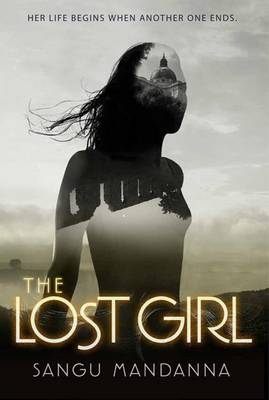Reviewed by Angie on
Another issue I had was with how Eva was raised. She’s lives in a normal home with guardians, which is more humane than being raised in a lab, but it’s another thing that makes her purpose even more difficult. She’s living in England, while her new life would be in India. She studies maps and photographs so that she’d be familiar with the city, and she listens to Amarra’s voice to mimic her accent and speech patterns. But of course she picks up the local terms for common objects. Crisps/Chips, telly/TV, mobile/cell are all matters of life or death. She’s already isolated, so they could have prevented her from picking these up, and reinforcing the way she should be speaking.The Weavers say that they don’t want their hard work to go to waste, and yet they leave so much room for error. It’s not very believable at all.
I also didn’t understand how echos are even made, and there’s a few instances where I just thought, “huh?” Apparently they’re stitched at a loom and created as infants from samples of their original and pieces from dead bodies. That’s straightforward enough, if you don’t think too hard about someone being “stitched” into life. However, Eva sometimes mentions having bits of Amarra’s memories that transferred to her along with the cell samples. She also is able to see the accident that kills Amarra. If echos are created as infants, shouldn’t their originals also be infants at that time so they can be the same age? How can memories transfer if they haven’t been made yet? It makes no sense.
I know I’ve only pointed out what I didn’t like so far, but I did like The Lost Girl. Those things were just very distracting for me, since they caused my mind to wander and cloud with questions. The premise is absolutely amazing, and I liked Eva. Her story is tragic, eye-opening, thought provoking, and hopeful. The world, unfortunately, isn’t believable in the slightest. I would certainly still recommend The Lost Girl, especially if you’re not so nit-picky about world building details like I am. At the very least, this story will have you questioning what exactly it means to be human and considering that fuzzy line between right and wrong.
Read more of my reviews at Pinkindle Reads & Reviews.
Reading updates
- Started reading
- 2 May, 2013: Finished reading
- 2 May, 2013: Reviewed
